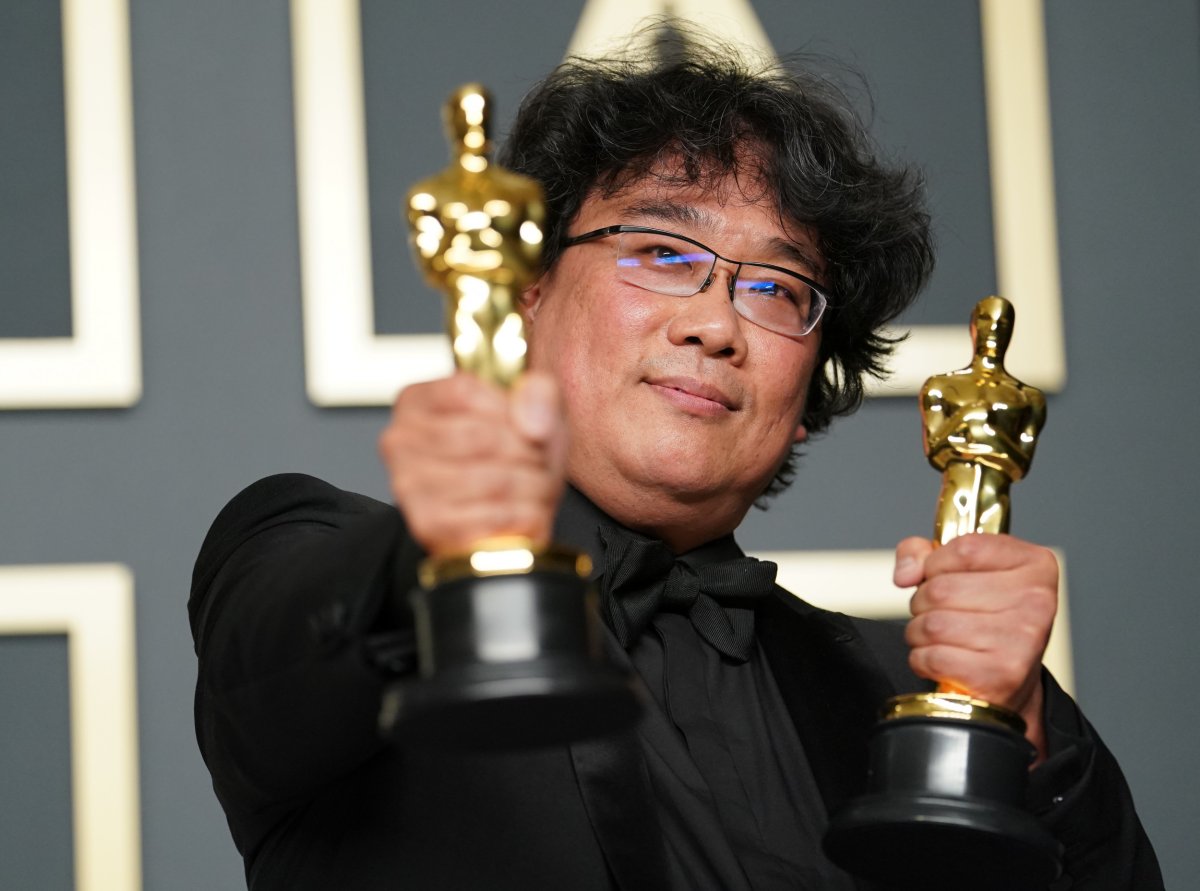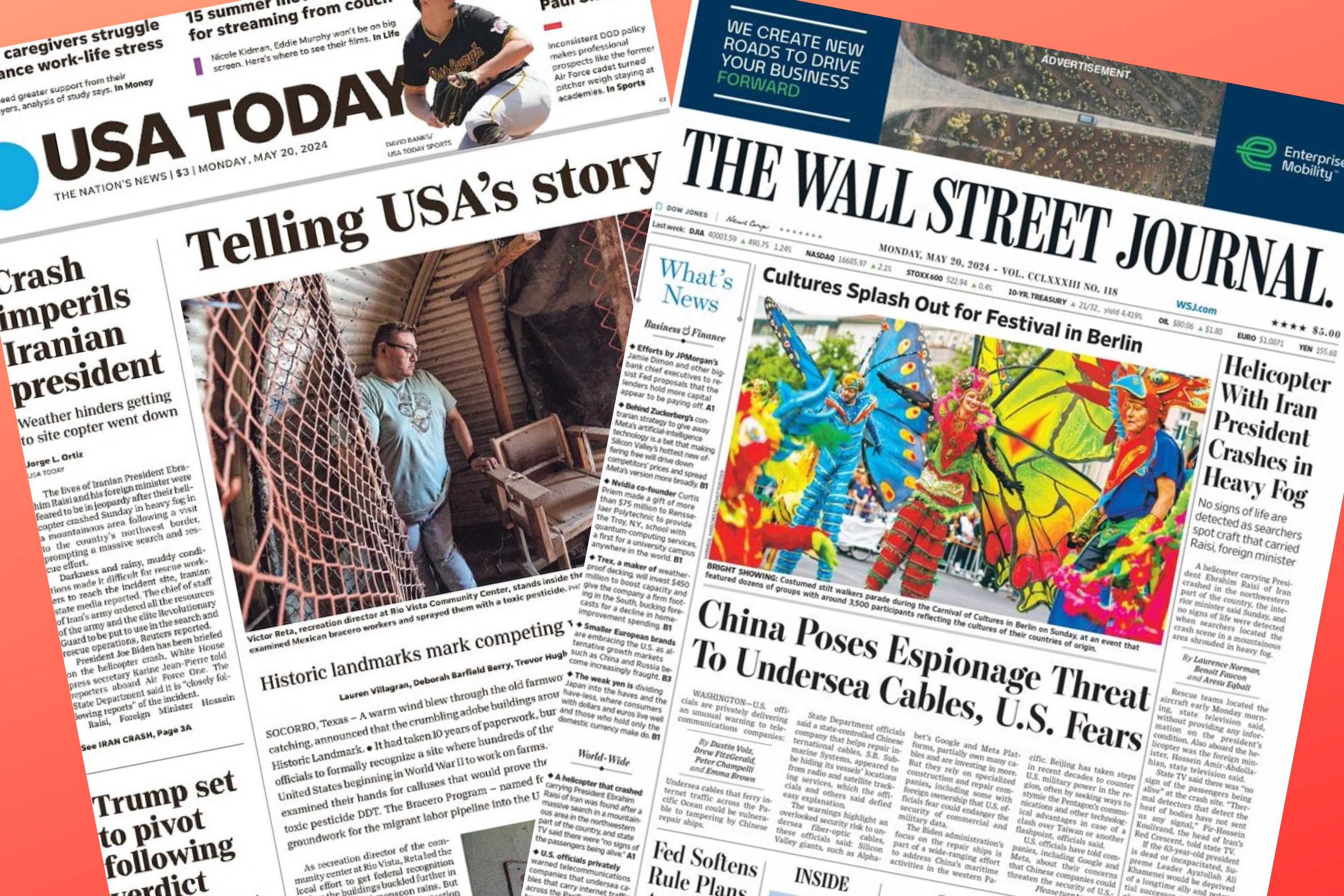Films hoping to be considered to be included in the Best Picture category at the Oscars will now have to meet new diversity criteria—which many winners and nominees in recent years would likely not have met.
The Academy of Motion Picture Arts and Sciences has just set put new guidelines in a watershed new diversity and inclusion set of standards for Best Picture.
The new initiative's aim is to further the Academy's efforts to promote inclusion in the entertainment industry and increase representation within its membership and within the wider film industry in general, addressing gender, sexual orientation, race, ethnicity and disability.
A lack of diversity has been a major criticism at the events, with failure to nominate black or minority actors in 2016 led to the #OscarsSoWhite backlash.
"The aperture must widen to reflect our diverse global population in both the creation of motion pictures and in the audiences who connect with them. The Academy is committed to playing a vital role in helping make this a reality," said Academy President David Rubin and Academy CEO Dawn Hudson in a statement. "We believe these inclusion standards will be a catalyst for long-lasting, essential change in our industry."

Four broad representation categories have now been established: on screen, among the crew, at the studio, and in opportunities for training and advancement in other aspects of the film's development and release. From 2024, a film must meet two out of four of the new standards to be deemed eligible.
Each category has numerous subcategories, so, to meet the onscreen representation threshold, a movie must either have at least one lead character or a significant supporting character be from an underrepresented racial or ethnic group—Asian, Hispanic, Black, Indigenous, Native American, Middle Eastern, North African, native Hawaiian or other Pacific Islander.
And at least 30 percent of secondary roles must be from two underrepresented groups, or the main storyline, theme or narrative must be focused on an underrepresented group.
According to the Academy, underrepresented groups include women, people of color, LGBTQ+ people or people with disabilities. The specific four standards announced are detailed in full below.
Standard A: On-screen representation, themes and narratives
To achieve Standard A, the film must meet ONE of the following criteria:
A1. Lead or significant supporting actors At least one of the lead actors or significant supporting actors is from an underrepresented racial or ethnic group.
- Asian
- Hispanic/Latinx
- Black/African American
- Indigenous/Native American/Alaskan Native
- Middle Eastern/North African
- Native Hawaiian or other Pacific Islander
- Other underrepresented race or ethnicity
A2. General ensemble cast At least 30 percent of all actors in secondary and more minor roles are from at least two of the following underrepresented groups:
- Women
- Racial or ethnic group
- LGBTQ+
- People with cognitive or physical disabilities, or who are deaf or hard of hearing
A3. Main storyline/subject matter The main storyline(s), theme or narrative of the film is centered on an underrepresented group(s).
- Women
- Racial or ethnic group
- LGBTQ+
- People with cognitive or physical disabilities, or who are deaf or hard of hearing
Standard B: Creative leadership and project team
To achieve Standard B, the film must meet ONE of the criteria below:
B1. Creative leadership and department heads At least two of the following creative leadership positions and department heads—Casting Director, Cinematographer, Composer, Costume Designer, Director, Editor, Hairstylist, Makeup Artist, Producer, Production Designer, Set Decorator, Sound, VFX Supervisor, Writer—are from the following underrepresented groups:
- Women
- Racial or ethnic group
- LGBTQ+
- People with cognitive or physical disabilities, or who are deaf or hard of hearing
At least one of those positions must belong to the following underrepresented racial or ethnic group:
- Asian
- Hispanic/Latinx
- Black/African American
- Indigenous/Native American/Alaskan Native
- Middle Eastern/North African
- Native Hawaiian or other Pacific Islander
- Other underrepresented race or ethnicity
B2. Other key roles At least six other crew/team and technical positions (excluding Production Assistants) are from an underrepresented racial or ethnic group. These positions include but are not limited to First AD, Gaffer, Script Supervisor, etc.
B3. Overall crew composition At least 30 percent of the film's crew is from the following underrepresented groups:
- Women
- Racial or ethnic group
- LGBTQ+
- People with cognitive or physical disabilities, or who are deaf or hard of hearing
Standard C: Industry Access and Opportunities
To achieve Standard C, the film must meet BOTH criteria below:
C1. Paid apprenticeship and internship opportunities
The film's distribution or financing company has paid apprenticeships or internships that are from the following underrepresented groups and satisfy the criteria below:
- Women
- Racial or ethnic group
- LGBTQ+
- People with cognitive or physical disabilities, or who are deaf or hard of hearing
The major studios/distributors are required to have substantive, ongoing paid apprenticeships/internships inclusive of underrepresented groups (must also include racial or ethnic groups) in most of the following departments: production/development, physical production, post-production, music, VFX, acquisitions, business affairs, distribution, marketing and publicity.
The mini-major or independent studios/distributors must have a minimum of two apprentices/interns from the above underrepresented groups (at least one from an underrepresented racial or ethnic group) in at least one of the following departments: production/development, physical production, post-production, music, VFX, acquisitions, business affairs, distribution, marketing and publicity.
C2. Training opportunities and skills development (crew) The film's production, distribution and/or financing company offers training and/or work opportunities for below-the-line skill development to people from the following underrepresented groups:
- Women
- Racial or ethnic group
- LGBTQ+
- People with cognitive or physical disabilities, or who are deaf or hard of hearing
Standard D: Audience Development
To achieve Standard D, the film must meet the criterion below:
D1. Representation in marketing, publicity, and distribution The studio and/or film company has multiple in-house senior executives from among the following underrepresented groups (must include individuals from underrepresented racial or ethnic groups) on their marketing, publicity, and/or distribution teams.
- Women
- Asian
- Hispanic/Latinx
- Black/African American
- Indigenous/Native American/Alaskan Native
- Middle Eastern/North African
- Native Hawaiian or other Pacific Islander
- Other underrepresented race or ethnicity
- LGBTQ+
- People with cognitive or physical disabilities, or who are deaf or hard of hearing
All categories other than Best Picture will be held to their current eligibility requirements.
Films in specialty categories submitted for Best Picture/General Entry consideration (e.g. Animated Feature, Documentary Feature and International Feature Film) will be addressed separately.
So, based on these new standards, which recent films that won or were nominated for Best Picture would have passed the test?
In terms of visible standards such as casting and storylines, a fair number would fail to pass Standard A.

Here's a look at recent Best Picture nominees and winners that probably wouldn't meet new Oscar diversity requirements:
2019
Ford v Ferrari
The Irishman
Joker
1917
Once Upon a Time in Hollywood
2018
Vice
2017
Darkest Hour
Dunkirk
Phantom Thread
2016
Hacksaw Ridge
Hell or High Water
La La Land
Manchester by the Sea
2015
Spotlight
The Big Short
Bridge of Spies
2014
Birdman or (The Unexpected Virtue of Ignorance)
American Sniper
Boyhood
The Imitation Game
Whiplash
2013
American Hustle
Gravity
Her
Nebraska
Some other notable Best Picture winners that probably wouldn't meet the new criteria based on their casting and storylines include Martin Scorsese's The Departed (2007) and The Lord of the Rings: The Return of the King (2004).
But while on the surface these films do not appear eligible for not meeting Standard A when it comes to diverse representation on-screen, they may have been eligible due to work by the crew, distribution, marketing or publicity departments behind the scenes.
For example, 2009 Best Picture winner The Hurt Locker is a war drama which on-screen does not meet diversity requirements. But the movie's director was Kathryn Bigelow, the first woman to win Best Director at the Oscars, and its key makeup artist was Dana Hamel, therefore meaning the movie would meet the requirements for Standard B regarding creative leadership and project team.
And for any future Oscar hopeful, executives will have plenty of time to work on increasing diversity either on-screen in other areas of the movie's production.
For the 94th Oscars in 2022 and 95th Oscars in 2023, submitting a confidential Academy Inclusion Standards form will be required for Best Picture consideration, however meeting inclusion standards will not be required for eligibility in the Best Picture category until the 96th Oscars in 2024.
Uncommon Knowledge
Newsweek is committed to challenging conventional wisdom and finding connections in the search for common ground.
Newsweek is committed to challenging conventional wisdom and finding connections in the search for common ground.





